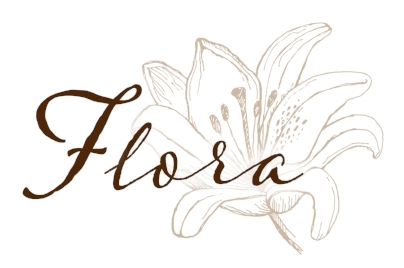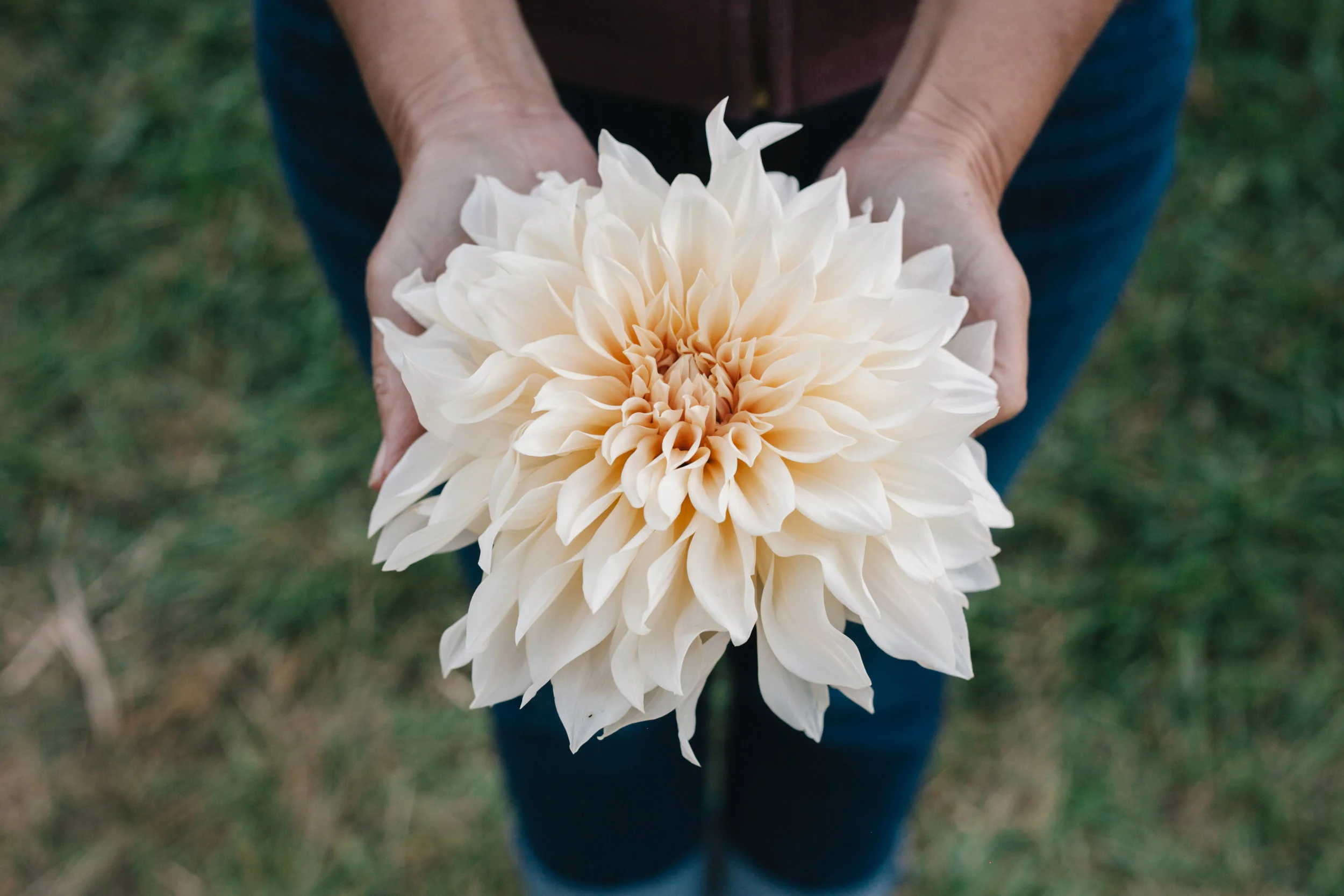Tips for Growing Great Dahlias
For years I struggled on a steep learning curve with successfully growing dahlias. Gophers, cucumber beetles, earwigs, slugs, very few weeks of blooms before frost, few stems per plant…the list of challenges was long. But now I can say, I think that I’ve figured it out, and YOU CAN TOO. Dahlias really do prefer a maritime climate-- our hot, dry summers in Southern Oregon are not their ideal conditions—but here are a few ideas that you can employ this upcoming growing season to get you going in the right direction.
Plant Early. If you can start your bulbs in a greenhouse, I recommend planting your bulbs in 1 gallon pots (if you can’t, plant just when danger of frost has passed). Fill your pot nearly full with soil and place bulbs in the pot near the top with any “eyes” that you see facing up. Cover lightly (1” ) with soil and water deeply to begin. I start my dahlia tubers in the greenhouse in April, 4-6 weeks before our last Spring frost. This early start under cover allows me to beat the slugs in the field because, by the time I plant them out, the dahlias have enough growth to withstand slug predation. Also, a dusting of diatomaceous earth when I plant them helps deter the slugs who do show up.
Plant Into Fertile, Well-Composted Soil. Or plan to regularly fertilize your dahlias. I give plants a liquid drench of seaweed or fish tea weekly during their bloom period if I’ve planted into less fertile parts of my field. Well-balanced fertility will lead to healthy plants that are more resilient to pests.
Pinch. This is the key to more plentiful stems on your dahlias. At 8-12 inches, pinch back the center growth tip by making a clean cut with sharp snips. The dahlia will recover with multiple side branches that lead to more flowers. Sometimes dahlias will have 2-3 robust stems instead of a single one; pinch back all of these. It’s hard to do at first, but worth it in the long run!
Almost as good as ice cream! Horizontal netting helps keep stems long and straight.
Exclude Pests. If you can’t stand to see little bites stolen from your perfect dahlias, I recommend bagging blooms with mesh “organza” bags. It sounds tedious, but it’s way more effective than any organic spray, and once you get the hang of it, about as fast. Put these on just as buds begin to grow plump. Then, have a plan for gopher control. Plant in an area of your garden where you don’t see gopher activity, or be ready to trap. It’s also possible to plant into DIY cages made from hardware cloth. Just remember, if your dahlias are really thriving, they could produce 6-12 tubers the same size that you planted, so make your cage big enough to let them grow as big as they’d like. Also, I lift my dahlias in the fall (after our second frost) and store them in the winter to protect them from critters.
Stake Your Dahlias. On the farm we trellis the dahlias horizontally with Hortonova brand netting, but they can also be staked individually or corralled as a group with t-posts and string running the perimeter of your beds. Do it early!!! It’s no fun to try to stake a blooming dahlia after it has already fallen.
Harvest. Hurray, this is the very exciting moment you’ve anticipated so hopefully. When you make cuts, go deep! Taking a long stem, even if you wind up cutting off some smaller side buds, encourages the plant to make more long stems. It will likely result in a larger abundance of flowers too. If you don’t regularly harvest for bouquet making, plan to deadhead spent flowers. Deadheading (not the kind that you may have done in your youth to a certain rock and roll group) is vital for promoting the plant’s creation of new flowers.
Spring is just around the corner! May your garden be bountiful and inspired!



